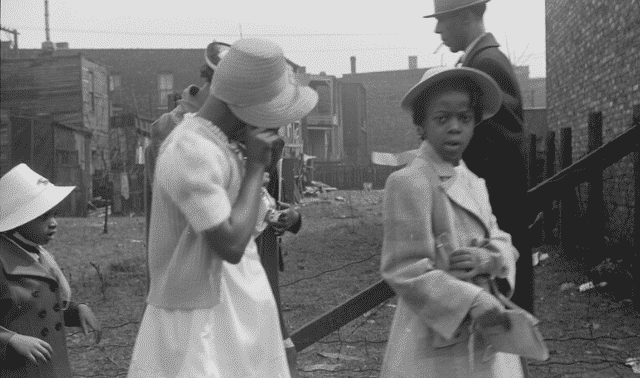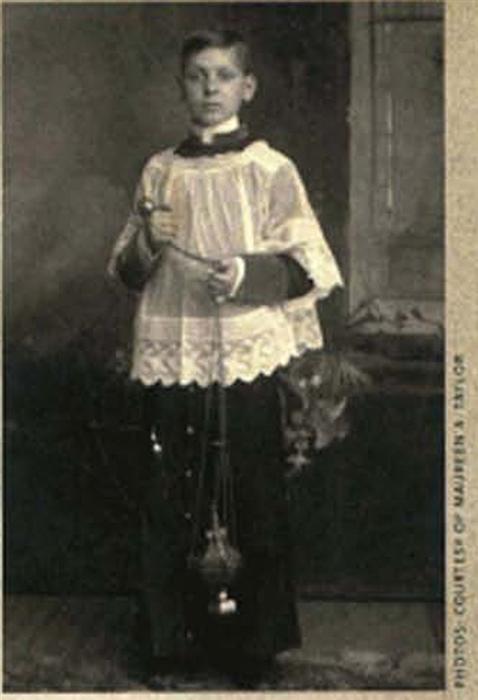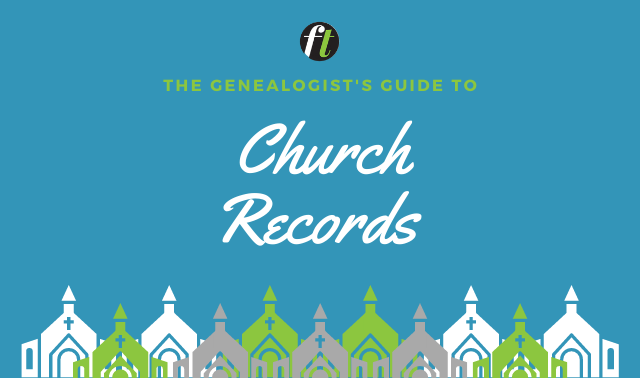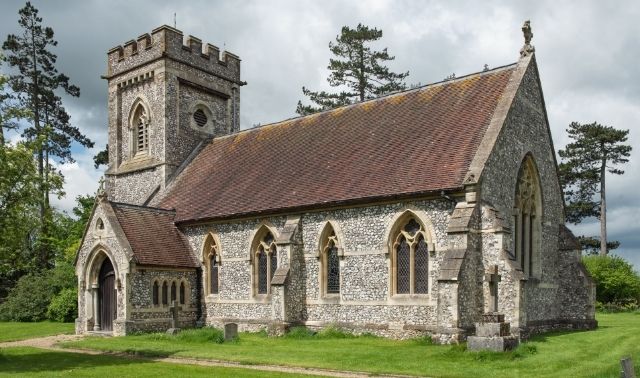Sign up for the Family Tree Newsletter! Plus, you’ll receive our 10 Essential Genealogy Research Forms PDF as a special thank you.
Get Your Free Genealogy Forms
"*" indicates required fields

Your old family photos may hold hints to your ancestors’ religious heritage — and the most faithful clue may be a color. Pictures of girls dressed in white frills, babies in their christening gowns or boys doming white bows on their arms, for example, signal your ancestors’ spiritual beliefs and practices.
As with all photography, dating and identifying religious images involves talking with relatives, recognizing the photographic method, discovering when a photographer was in business, following costume history and researching clues within the image, such as props (see our to-step photo-identification guide in the September 2002 Preserving Your Memories, a special issue of Family Tree Magazine). Religious photo clues a so can help you discover new genealogical documents and information.
Before you start researching photo details, talk with relatives. Show them your unidentified images and ask if they know who’s in the pictures and what the photos represent. Inquire about your ancestors’ religious habits. Showing family members a photograph car trigger memories in ways that other documents can’t. Don’t forget to ask if they have any similar photographs in their own collections. Their pictures might provide additional clues to your family’s religious background.

Next, examine costume details to establish a time frame for the image. Basic clothing styles usually reflect when the picture was taken — for example, leg-of-mutton sleeves were popular in the 1890s; heavy chain jewelry was an 1870s fad. But photos of relatives in religious garb, such as alter boys, priests or nuns, are exceptions: In these cases, the costume reflects the order to which those people belonged.
If an image has a photographer’s imprint – especially one containing his business location or address — you have a starting place to look for a record of the church event depicted in the photo. Use city directories to discover when the photographer was in business. This will give you a time frame for dating the photo, and like the costume clues verify when the picture was taken.
Photos of events such as first communion and confirmation typically contain props that can be further cues: Bibles, candles, flowers and other religious symbols. These items vary according to denomination, SO investigating orops can provide leads for finding church documents. When you follow photo-identification steps, interpret the dues and add up the evidence, you’ll learn more about your ancestor’s religious beliefs and habits.
From the February 2004 Family Tree Magazine




